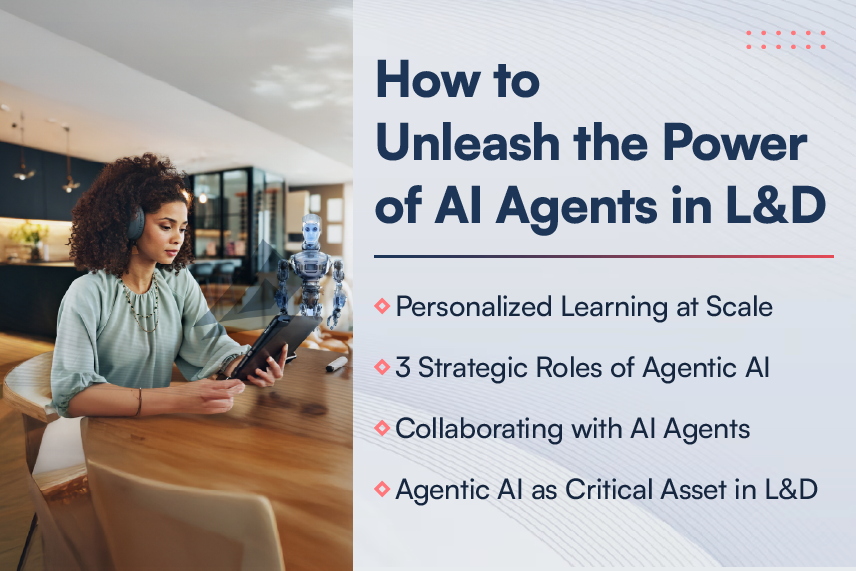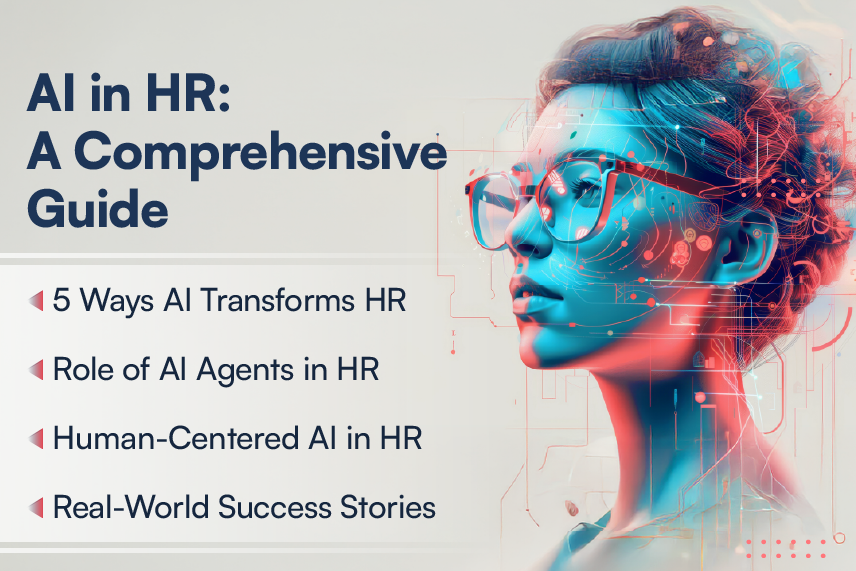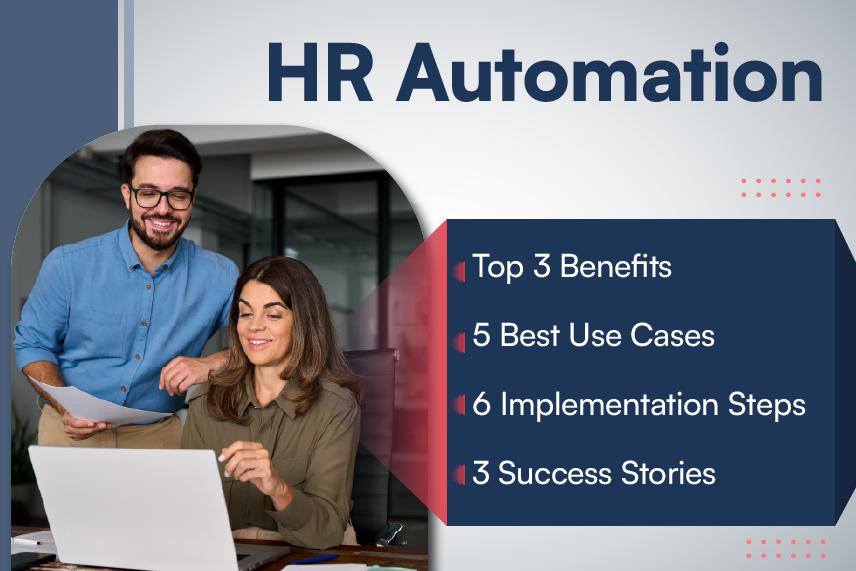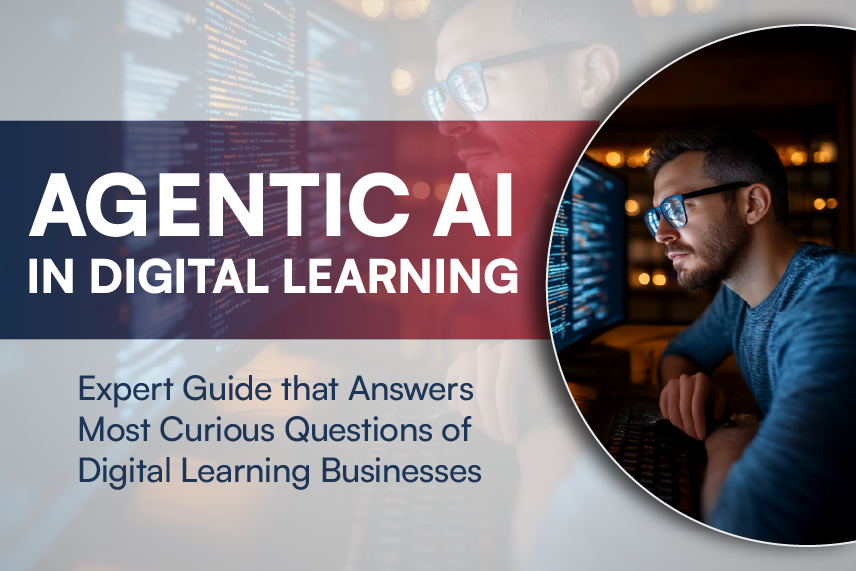
Persona Based design is a paradigm that is in use for last few years now. It is mainly used in the UI/UX aspects as well as in the workflow design of a portal or product. These concepts can also be effectively applied to Cloud setup. In the recent Cloud Connect conference, Mr. Gaurav Aggarwal from Microsoft had very insightful session about this. This blog is based on the idea discussed by Microsoft and tries to argue the merit of such design and possible pitfalls.
A persona represents the user and goals for the user. It is not about various details like list of duties, location and occupation for the user. Persona focuses on behavior pattern for the user. It is common knowledge that multiple users have different priorities and preferences. They have diverse needs for security and performance. All these details can be catered to if the design is based on Personas.
A cloud setup is also accessed by multiple users (Personas) with specific needs. So it is logical that the setup should be designed aiming at these diverse personas. Here is how we can go about it:
To come up with Persona Based Cloud configuration, on one hand, various parameters for the cloud like availability, security are identified, and on the other, multiple typical personas are considered. A table is created that outlines needs and priorities of these various personas for the various cloud parameters. On completion of the table, we have a detailed idea of cloud need for a specific persona.
Companies taking advantage of the cloud would try to match various predefined personas presented by Cloud Provider that fit their user base, and decide on the exact cloud configuration that they need. It can be within a single setup or multiple setups. This can result in cost benefits; because now companies can choose a setup with very high availability and security only for the personas (and in turn data and operations) that really need them. Adequate cloud configuration and setup can be provided to data related to every Persona.
Some sample personas defined in the presentation were:
- Task Oriented
- Office Workers
- Mobile (Sales People)
- Work From Home
- People on Contract
They were further analyzed for their working style (average time spent in emails, document creation, meetings etc), access (Public/Secure/Private), time and place dependency, predictability of work, Information Handling (Classified Data, LOB Systems, Real Time, Consumes/Creates data) etc. Based on the data, cloud configurations for each persona are determined. Mostly workforce for any enterprise can be such categorized into multiple personas.
Needless to say, building and identifying the personas is the most important thing. The personas should be based on data, which is available in huge quantities out there. Various big data analysis techniques can aid in this task. This also gives rise to some of the pitfalls of the design: If the persona details are very vivid, it might give rise to complicated scenarios where the designer does not know which aspects of the input to concentrate on, giving rise to false conclusions. Also, while building the personas based on data analysis, many times intuition kicks in, giving rise to details in the persona that are not based on facts. Personas based on assumption can make the whole design faulty.
In short, effectively defined personas can give rise to efficient cloud configurations leading to fast, adaptable, cost-effective and sufficiently secure work environment for everyone.






